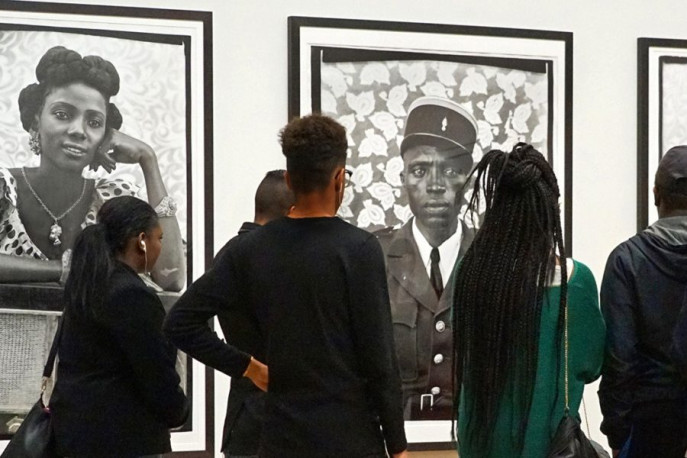
by: Ellen C. Caldwell
for JSTOR Daily
Twenty-five years ago, Malian photographer Seydou Keïta’s work first showed in New York. It showed without any attribution, as an “unknown artist” included in the exhibition Africa Explores. Following his death in 2001, Keïta’s work has seen a surge of interest, appearing this past summer in exhibitions in Paris and Dubai. The late photographer would likely be pleased with, but not surprised by, his continued success and growing popularity. In his own words: “I know that there are many of my photos which are good, and that’s why you like my work.” Keïta’s story is mythic and rich, both in the ways it is told and in his rise to international fame.
In the Euro-American art world, Seydou Keïta’s story often begins in the middle. After Keïta’swork was shown in Africa Explores, curator André Magnin went to Bamako, Mali to seek out the then-unidentified artist. This is where some accounts find a mythic tin of negatives buried beneath the dirt near Keïta’s former photography studio, while others tell of an archived trunk of more than 10,000 negatives. Regardless of what odd container the negatives were really hiding in, Magnin found and identified Keïta and his work, eventually meeting the artist himself. Keïta loaned Magnin about 20 years worth of negatives of studio portraiture, ranging from 1962-1984.Keïta’s negatives later were reprinted in Europe and exhibited internationally.
In his native Bamako, Keïta was already famous for his signature styles, poses, and compositions, as well as his ability to capture the essence of the sitter in a single portrait…
